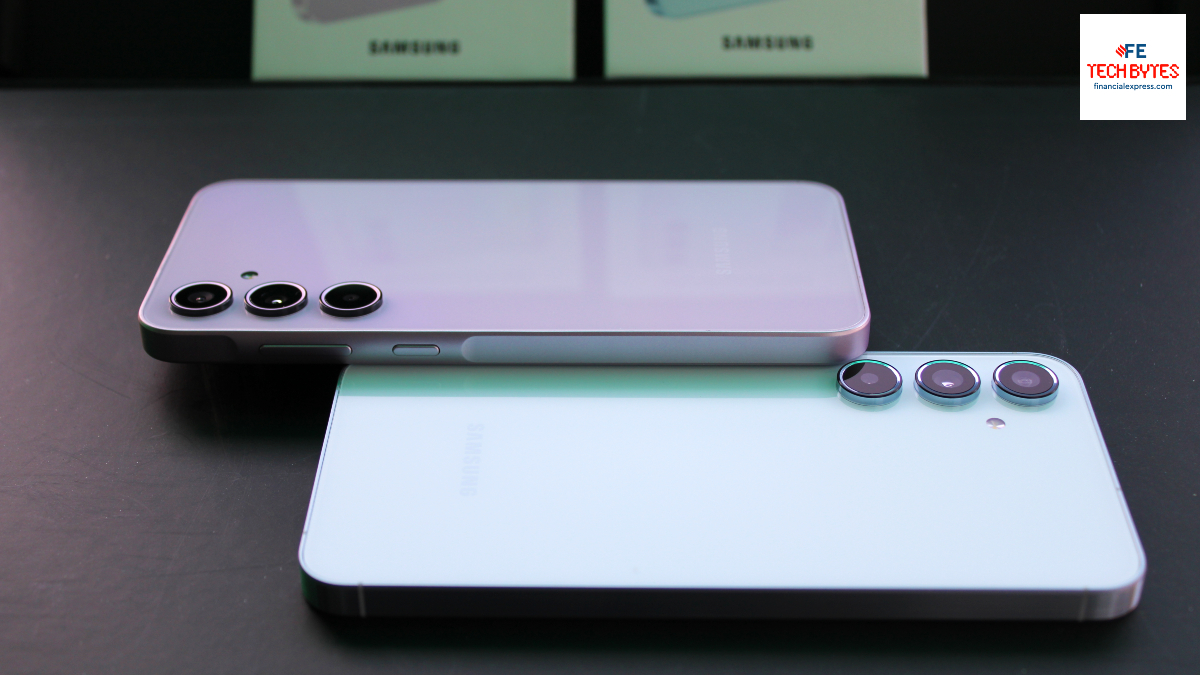The final list of FE 500 has been compiled from published balance-sheets of listed companies which closed their last financial year between April 1, 2009, and March 31, 2010. For list of companies includes all private and public sector companies (excluding non-banking finance companies and banks) that are listed on the stock exchanges and whose balance sheets were available by the end of December 2010. For the analysis only Consolidated Balance Sheet and Profit & Loss account were considered. However, for some companies data for June 2010 figures were considered.
In the tables that follow, any reference to 2010 (current) refers to the financial year 2009-10. Similarly for 2009 (previous). Where companies had financial years that were less than 12 months or more than 12, the results have been annualised to arrive at a comparable figure. For the purposes of our study, the ranking has been done on the basis of NET SALES, which is sales or main income minus excise duty. Sales include service charges and lease income.
ASSETS relate to fixed assets ( land, buildings, machinery, etc). plus capital work-in-progress, cash and bank balances, loans and other debtor balances, investments and other intangible assets, excluding accumulated losses and advance tax provisions.
OPERATING PROFIT is arrived at gross profit plus interest.
GROSS PROFIT is arrived at profit before tax (PBT) plus depreciation. Deduct taxes (including deferred taxes) from PBT figure and you get profit after tax (PAT). PAT minus dividends gives us RETAINED PROFIT.
MARKET CAPITALISATION is the market value of a company’s outstanding shares based on closing market prices as on January 31, 2011.
NET WORTH is the paid-up capital (equity and preference) plus total reserves and surplus excluding accumulated losses.
EARNINGS PER SHARE (EPS) refer to PAT divided by the number of outstanding equity shares.
DEBT includes all long-term loans, including debentures, plus instalment credit. Thus the DEBT-EQUITY RATIO refers total debt divided by shareholders’ equity.
RETURN ON SALES is PAT as percentage of net sales while the RETURN ON ASSETS is gross profit as a percentage of assets.
The RETURN ON NET WORTH (RONW) represents PAT as a percentage of net worth.
OPM represents operating profit as a percentage of net sales.





















